Editor’s Note: Dozens of articles have been written about trash in Philadelphia. So what are some grassroots, block-by-block solutions to the problem? More trash cans? Culture change? It’s a tricky one.
It’s no secret that Philadelphia is an unkempt city. After all, the riverside metropolis has landed on the top end of a few “dirtiest cities in America” listicles—chief among them, Travel+Leisure’s 2012 roundup (in at number six) and Forbes’ extensive 20 Dirtiest Cities list (in at number three).
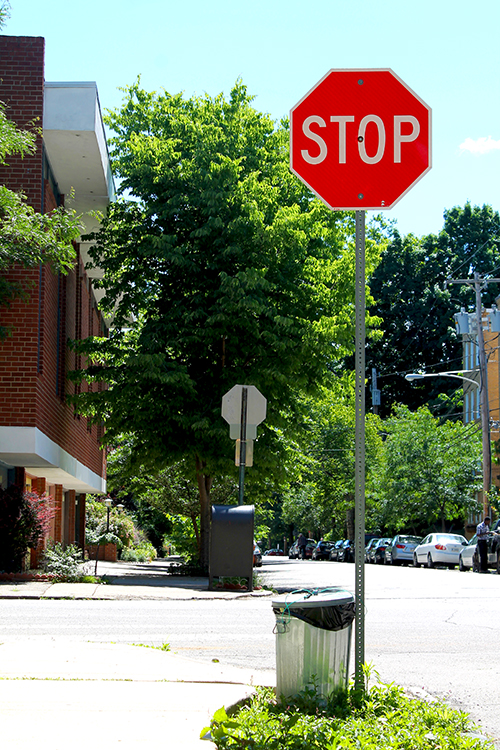
A resident placed this trash can at 45th and Osage years ago and it’s still doing the job. (Photo by Mike Lyons / West Philly Local)
You don’t need lists to tell you that, though. Look down your block, in a vacant lot, or any SEPTA station, and you’re bound to see— and smell — trash. Sure, it’s gotten better over the years, but not by much. And, as Ryan Briggs wrote for City Paper in May, the politics of cleaning up Philadelphia are just as messy as its streets.
In the interest of sifting through those politics, we here at West Philly Local were curious about how public trash receptacles played into West Philly’s litter problem. Why were there multiple public trashcans on certain corners while other streets didn’t have a trashcan for a few blocks?
As West Philly Local reader, Victoria, tweeted us under the handle @vvictorrriaa, “What trashcans on our streets? Lived her for 18+ yrs + there aren’t any on my block or surrounding blocks.”
So we turned to the City for some answers. Turns out, the City normally places public wire baskets on business corridors with heavy foot traffic “where there is a need and the expectation that they will be an effective tool to control litter,” June Cantor, spokesperson for the Philadelphia Streets Department, told West Philly Local.
“The most heavily littered areas are commercial corridors that lack strong business associations and some residential areas. Public trash receptacles serve a role in the control of litter[,] but they are not a panacea,” Cantor told West Philly Local. “Property owners, residents and businesses need to have civic pride, take personal responsibility for their environment and engage the community in order to effectively control litter.”
Community Development Corporations, local community groups, businesses, local schools, and block captains also have a hand in providing public trashcans, West Philly Local was told by city officials. For example, in the Powelton Village area, University City District and Drexel University mostly provide and maintain public bins within their respective borders, according to Powelton Village Civic Association President Michael Jones. (University City District did not respond to multiple requests for comment.) Continue Reading




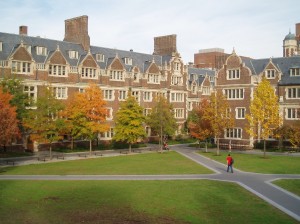
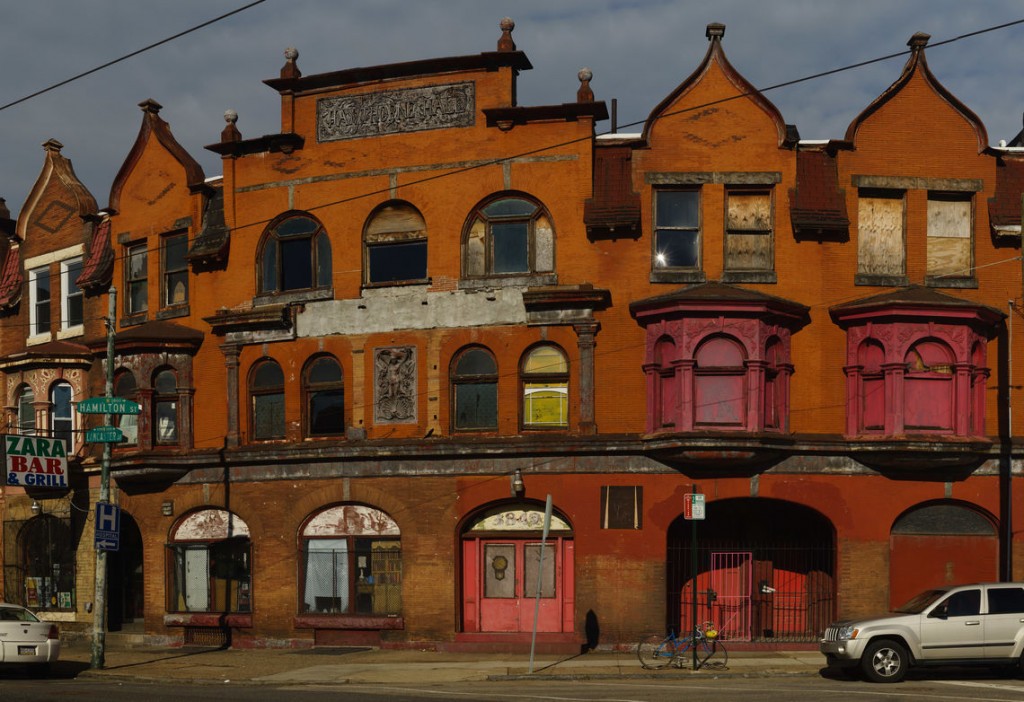


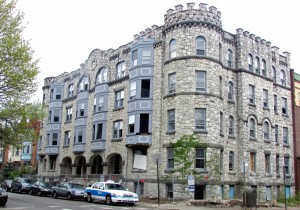
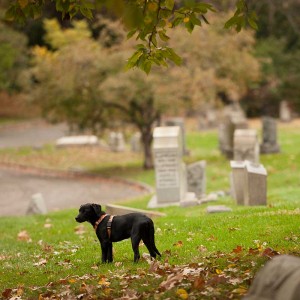
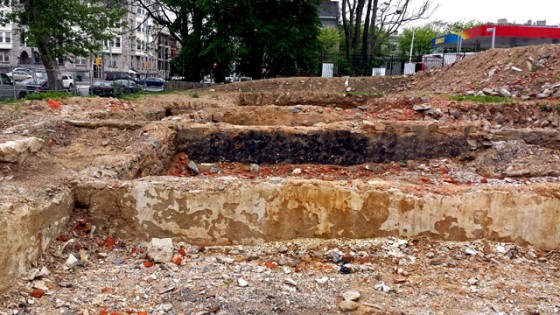
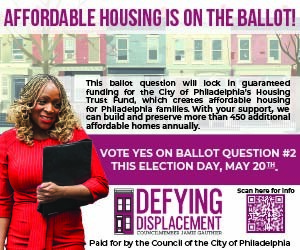




Recent Comments